Today, relatively few people can even tell you whether or not a nuclear power plant is in their local region let alone the presence of missile silos, radioactive waste dumps, or other sources of nuclear materials.
You will also find that many preppers remain unaware of vital information sources that can help them evaluate personal safety.
What You Need to Know
Knowing where to look for information on man-made nuclear radiation sources is every bit as important as knowing what to do during a crisis that makes the headlines.
Online Nuclear Power Plant Monitoring Resources
If you live in the United States or Japan, you can get immediate information on almost every reactor in the country via the Nuclear Emergency Tracking Center (netc.com). This is a privately owned site that gathers nuclear information from EPA monitoring sites as well as ones set up by private owners.
You can watch on a daily basis as radiation levels change as well as receive early warnings for reactors in the United States and Japan. The site aims to cover nuclear power plants around the world, and there is also a forum that you may want to join in order to learn about issues associated with nuclear power.
Related: The Nuclear Holocaust: How To Survive One Second After
Web Based Disaster Information Sites
You already know that there are hundreds, if not thousands of disaster scenarios that can wreak havoc at the local level and on larger scales. Floods, earthquakes, biological threats, or nuclear hazards – one site can give you a bird’s eye view of everything going on in the world.
While the Emergency and Disaster Information Service (RSO-EDIS) does not always give a great deal of detail, there is enough information there to enable you to research headlines via Google news research links.
RSO-EDIS is also an ideal way to study patterns of scenarios as well as acquaint yourself with the fact that tragedy and chaos already happen daily on our planet. This realization can help you feel calmer and reframe your reference points away from futility and also make it easier to gather useful information about how people are surviving crisis situations even though they are not especially prepared.
As we saw in Fukushima, it is not always human intention to cause a nuclear disaster. In this case, an earthquake followed by a tsunami were well beyond human control. Massive solar flares that trigger a large scale EMP, hurricanes, earthquakes, and other natural disasters can literally crush power plants, missile silos, and anything else that contains nuclear matter.
Never forget that we are just tiny humans, and no matter how awed we may be by the power of our machines, it is nothing compared to the millions of pounds in a single cloud that seems to float so effortlessly in the sky. Even though RSO-EDIS will give information after a disaster has occurred, these sites will give you clues about patterns that precede larger events:
If You Need Information on Medical Treatments
If you search only for radiation treatments associated with a nuclear crisis, you may not find much more than a few links on Potassium Iodide and a few other drugs that have side effects almost as bad as the radiation itself.
On the other hand, radiation is also a primary treatment for many malignancies. As such, medical researchers are always looking for ways to reduce the impact of radiation on healthy cells while still targeting the malignant ones.
So you will find many discrepancies about the old “story” that medical researchers avoid studying herbal remedies just because they can’t be leveraged into expensive patented drugs. In fact, you will find many good, and ongoing studies on the effects of many herbs and vitamins.
While this research is rarely, if ever discussed in relation to nuclear survival scenarios, those who study Fukushima have seen the effects of these herbs and vitamins in action.
Related: 10 Must Have Items For Your Nuclear Survival
Updates in Nuclear Technologies
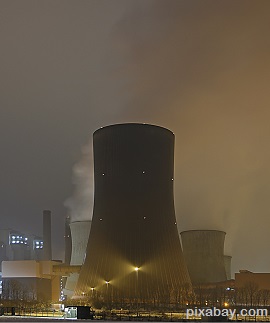
Consider a situation where you use a standard formula to calculate how much damage will be done by a 1 kiloton Uranium bomb. Back in the 1940’s, when the yield was only 10%, the damage area and fallout zones were much smaller than damage estimates from the 90’s. Failure to remain aware of new trigger assembly designs can easily cause you to miscalculate by hundreds of miles when it comes to navigating away from a nuclear incident.
This, in turn, can have a negative impact on when you decide to emerge from a shelter as well as how far out you decide to go in search of a new place to live.
Even though governments are very secretive about the yield of newly developed bombs, you can still keep up to date on other nuclear technologies and make some estimations from there. This includes assessing new nuclear plant plans as well as medical research patents.
No matter how you look at it, even being to aim a tighter, more lethal aim of radiation at a tumor means that nuclear fuel and other resources are being better harnessed. That, in turn, means you can get some ideas about how much more of a danger newer bombs will be.
Always look to research coming out of nuclear nations other than the United States to see what you may be up against. Scientists from other nations have very different cultural and philosophical views that shape how the look at scientific and mathematical problems. What US researchers may miss, scientists in these other countries may already be incorporating into their own devices; some of which may one day cause serious harm.
Never forget the old joke about how NASA spent millions of dollars to invent an anti-gravity pen that could be used in zero gravity while the former USSR didn’t spend anything at all: they just used pencils. It is these kinds of understandings that can give you a better sense of what is coming in terms of hostile nuclear detonations.
It is not always easy to find out about research going on in other countries by simply doing a search on Google or other search engine. You will need to gain access to Google page search results for specific countries, or find out which search engines are most popular in any nation of interest. Once you reach these sites, you can use Google translate to assist with making queries, and also reading the pages that you get in response.
This can be a time consuming and frustrating task, however you may uncover all kinds of interesting things. Once you get series of useful keywords or concepts, you can try feeding those back into your native language search engine to see what is going on closer to home.
The Information You Should Keep On Hand
As soon as you find out about a nuclear incident, you should know what to do and how to do it without further instruction. Because nuclear radiation and fallout zones are extremely unpredictable, you need to have a good bit of information either memorized or on hand in printed form.
The most important information includes:
- Wind direction in your local area and shifting patterns for each season. Keep a notebook of your observations for the current season and an overall set of averages, and also a small non-detailed map with topographical and landmark information that also shows average fallout predictions. If you notice significant changes in wind trend from the averages, you will need to be able to extrapolate where the fallout bands will most likely occur.
- Precipitation patterns – keep a notebook similar to the one for wind directions. This time, you will be correlating precipitation patterns to predicted fallout zones.
- Temperatures – keep a notebook similar to the one for wind and precipitation patterns.
- Incoming and outgoing tides – this notebook is especially important if you are planning to bug out in a coastal area or you will be near rivers, or any other body of water that has a noticeable tidal shift.
- A quick guide to at least 10 foods and other natural remedies for radiation sickness. This should include how to grow the remedies of choice as well as how to prepare them.
- Information on anti-oxidants and natural cancer inhibitors that you can grow easily.
- Detailed maps of any area that you may have to leave or get into after a nuclear incident. Don’t just rely on a current atlas, look to older ones that may show roads currently out of repair, or places where you can travel more easily or unnoticed.
- Basic information about how nuclear chain reactions occur and how to stop them. Now is the time to demand more information from nuclear power plants, medical facilities, and militaries. Never forget that hackers and espionage experts more than likely already have information that your hard earned tax dollars paid to develop, and then protect from people like them.
Do not settle for being the last to know just because something is marked “classified”. In a sense, this situation is just like rampant crime in areas where gun control is strictest. Ultimately, it is the common people in a crisis that solve the problem, not those who are “privy” to special equipment or information.
As far-fetched as it may seem, even a high school dropout or someone with very little scholarly information may be the only person that can stop a runaway nuclear reaction PROVIDED, if he or she recognizes what is going on and has some basic information to work with.
Related: Are We Prepared To Survive Solar Storms?
Communications Are Dead. How to Replace Them?
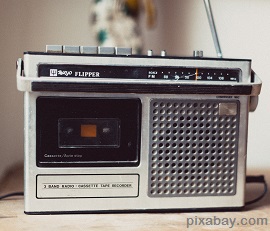
You may well want to be able to communicate directly with other survivors as opposed to simply believing what you hear on radio or via other localized news dispersal methods. As you may already be learning from assessing media spin, you get an entirely different story when you actually talk to people that witness a situation or are directly involved in it.
Establish private band radio links, small scale transmitters and receiver systems, and telegraph based communication methods. Use anything you can to create a communications chain and code system that will enable you to get the truth about what is really happening in any given area. Not only will this save you countless hours of frustration, it can help you know which areas are best to travel to in a time of need.
There is no question that the internet offers an enormous amount of useful information that will make it much easier to survive a nuclear crisis. Unfortunately, once an EMP hits, or other nuclear blasts disable local internet structures, all of the information you take for granted will be gone.
Here are some ways that you can get information without using computers, and also stay in contact with people in the local region and within a few hundred miles:
- Local News via Radio and Public Address Systems
Make sure that all radios in your survival kit can receive AM and FM bands. The most important radio in your kit will actually be DIY “foxhole radio”. This radio is made from little more than a razor blade and graphite from a lead pencil.
Even though these radios are hard to tune and not very strong, they may still pick up emergency broadcasts that will give you the exact coordinates of a nuclear incident.
Next, you should keep a crank radio on hand. These radios work on static electricity and can pull in stations further away from your location. Try to find a radio that is certified EMP proof or one that does not use transistors or integrated circuits.
Related: Top 5 Emergency Survival Radios
- Community Based Sirens
If you give it some thought, you may realize that you haven’t heard a civilian nuclear threat siren in decades. Sadly, the vast majority of people would not recognize these sirens let alone know what to do if one sounded.
In fact, some areas may not even have sirens that can sound out across several miles. It is very important to find out if your city or town has a siren system up and ready for action. In some situations, you may be told that all emergency broadcasts are now done through radio and TV.
In an age where all TV signals, and many radio signals are delivered via cable (which in turn comes from satellite and fiber optic feeds), vital warnings will never reach the public. That’s why you should go to town board meetings and city planning meetings. Demand placement of sirens that do not rely on new technologies that can be wiped out in an EMP blast.
You should also demand at least 2 community wide drills for year so that people know what to do and what to look for. Considering how relatively feeble and non-detailed the information source actually is, education and practice are truly the only ways to make it work.
- Private Band Transmitter and Receiver Systems
Even though large scale spark gap transmitters are illegal (because they interfere with other transmission types) they are one of the few transmitter systems that will survive an EMP blast and also many other crisis situations. As such, you should at least learn how to build them, and keep sufficient materials do so in a time of need.
Once a crisis hits, many laws that you are currently bound by will be gone. This is one situation where necessity will demand building spark gap transmitters that can help you contact other survivors and get better information about what is going on. You can pair this transmitter type with Morse Code equipment and transmit messages for miles on end.
- Preset Signals
Basically, you would need to create a system of preset signals among preppers that would alert others to a situation. In this case, it would be the absence of a signal that alerts others that something is interfering with routine transmission.
Consider a situation where you are in daily contact with someone. If they suddenly do not call one day or send an email, you will be wondering what happened. In this scenario, if a whole group of people in a local area suddenly fail to transmit, then you know something is wrong.
Even if you don’t know specifics, it may still be possible to contact trustworthy people in a nearby locality to find out what is going on. From there, you can make arrangements as needed for whatever may be coming to your area.
- Direct Carriers of Information
Consider a situation where an EMP air based nuclear blast takes out all cell phones and other communication systems. Even though you may suspect that you need to head for shelter immediately, others around you may be completely off guard. What is worse, even if you try to tell them that there is a serious problem, they may not believe you as they stand around staring at their cell phones.
As the situation unravels, you may be one of the few to survive. How will you get the word out to loved ones and fellow preppers that may still be in safe zones?
In some cases, if you are with a group of people, it may be best for one or two people to try and get out of the area undetected. These people would basically act as messengers that deliver written or oral information to a distant site. As time consuming, dangerous, and frustrating as this method may be, you will have to use it in the absence of other means.
Right now, there are dozens of useful websites and apps that can be used to monitor all kinds of emergency situations, including ones that will provide valuable info about nuclear resources.
As you develop your own skills for detecting nuclear radiation, you will eventually be left with figuring out how to send and receive information during a crisis. While your options may be few, they are better than nothing.
Take the time now to learn what you can, store away as much information in compact form as you can, and always remember that, even in a crisis, there is strength in numbers.
Never fall into the trap of thinking you can survive alone or do without communications spanning several miles. Without advanced information about where you may need to go for safety, you will never have enough prior information to make the best possible decisions.
This article has been written by Carmela Tyrell for Survivopedia.
References and Resources:
hisz.rsoe.hu/alertmap/index2.php?lang
cancer.gov/publications/patient-education/radiation-therapy-and-you
globalresearch.ca/fukushima-a-nuclear-war-without-a-war-the-unspoken-crisis-of-worldwide-nuclear-radiation/28870
stat.ucla.edu/~dinov/courses_students.dir/data.dir/AtomicBombSurvivorsData.htm
nature.com/news/injected-proteins-protect-mice-from-radiation-poisoning-1.10881
prnewswire.com/news-releases/new-research-leads-to-fda-approval-of-first-drug-to-treat-radiation-sickness-300088093.html


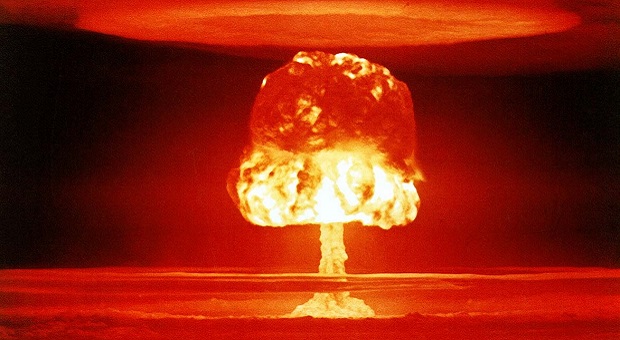
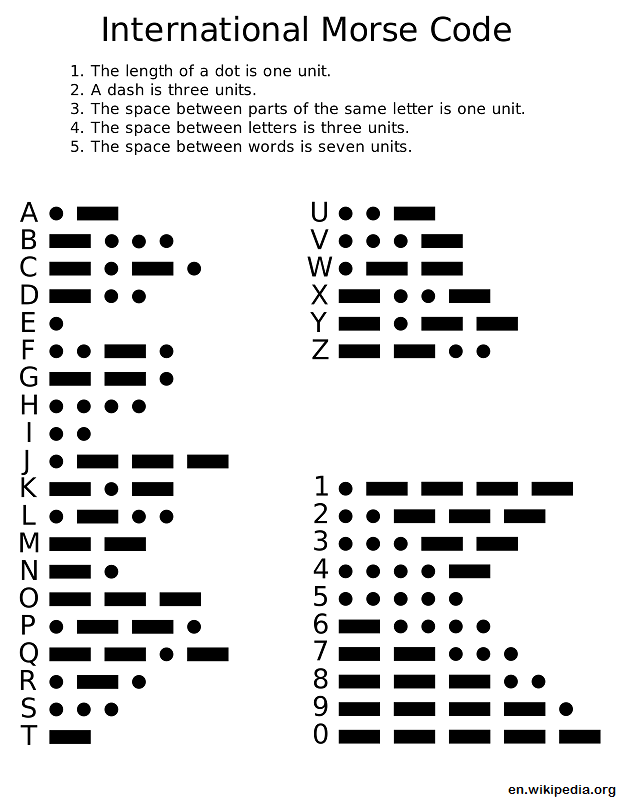

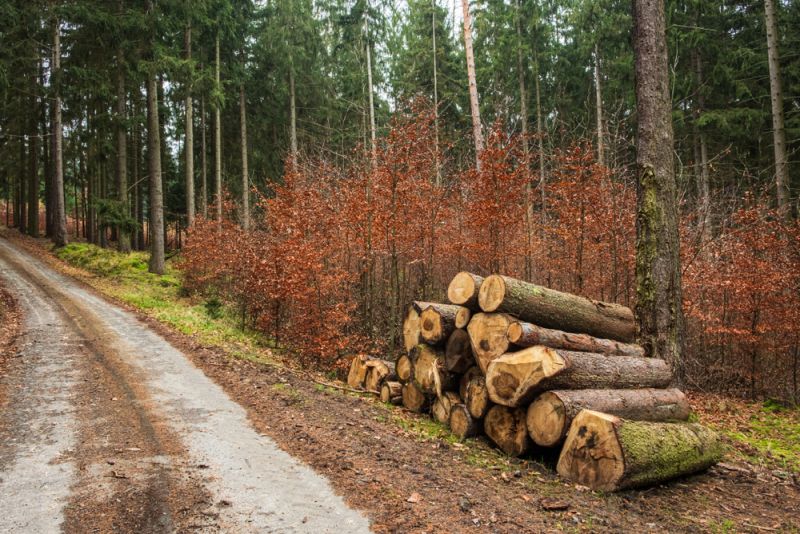
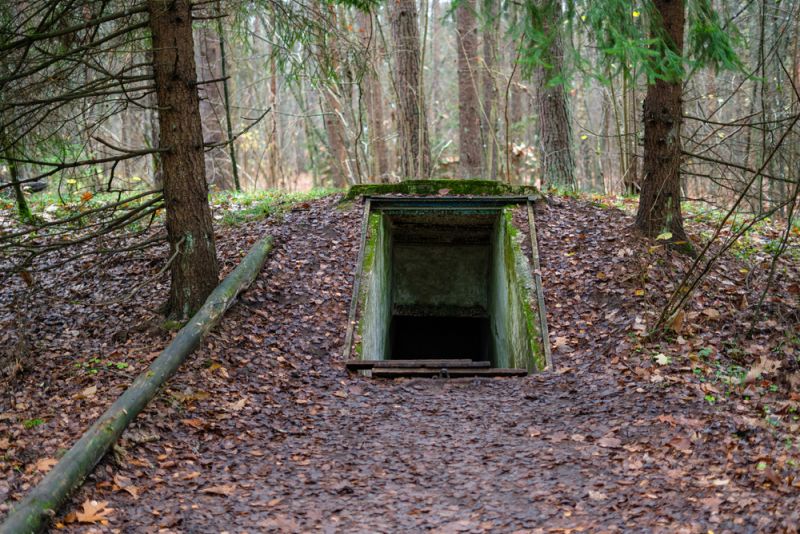
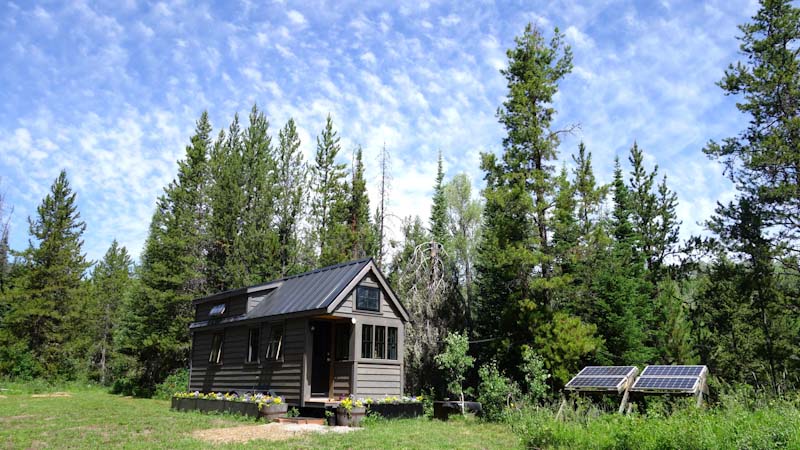



Pingback:Preparing For Nuclear Disaster: How To Stay Informed - Survivalot | November 19, 2015
|
Pingback:Preparing For Nuclear Disaster: How To Stay Informed | Bsn Global News | November 19, 2015
|
Pingback:Survival News 11/19/15 - Survival By Preparedness | November 20, 2015
|
Pingback:9 Threats Of The Urban Prepper | Freedom Newz | December 10, 2015
|
Scott Todd | December 13, 2015
|
Carmella- as someone who has been a broadcast engineer most of my adult life I offer my services to you for any future articles which involve radio communication. It’s stuff like the following …you should keep a crank radio on hand. These radios work on static electricity…” that keep you from sounding very intelligent. The crank turns a GENERATOR and charged either a battery or a large capacitor, though if the latter the operating time is only a few minutes.
Pingback:Nuclear Survival: Bugging Out Safely After An Atomic Blast | Survivopedia | January 15, 2017
|
Pat | January 15, 2017
|
Will aluminum lined plastic bucket two thicknesses aluminum protect my American Redcross handcrank multi band weather radio???? Answer needed for Pat.
Or get metal can line with aluminum
4+ thicknesses????